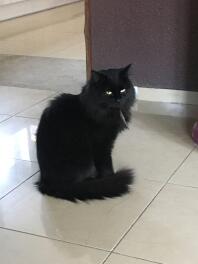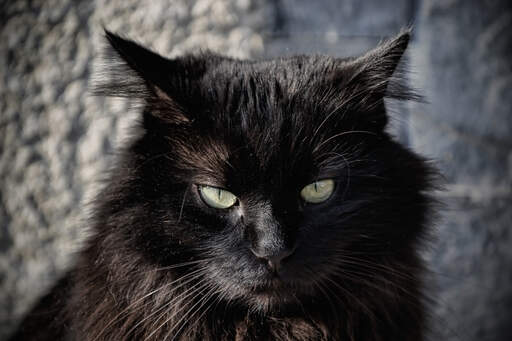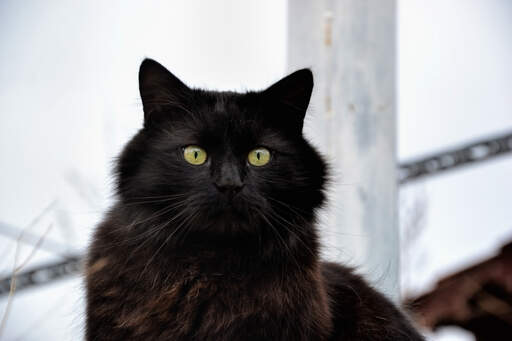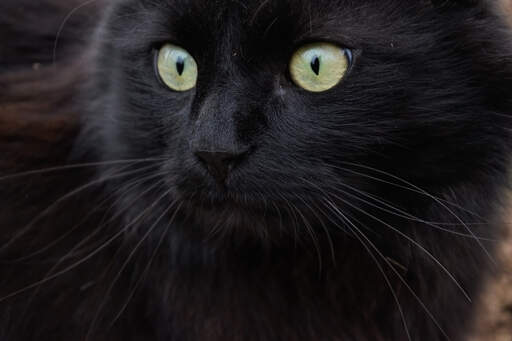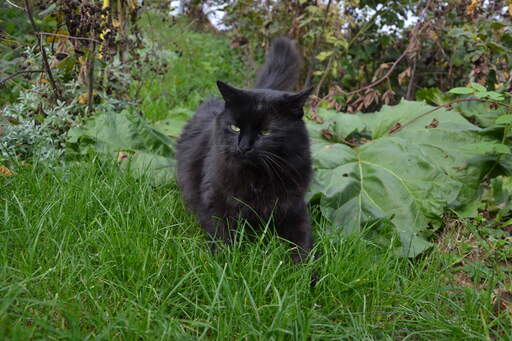Tiffanie Cats




History
The Tiffanie was developed in the UK in the 1980s. The breed was the result of a random gene mutation that caused longhair in Burmillas. Burmillas were themselves the result of an accidental mating between a Burmese female and a male Chinchilla. It was later discovered that this new Burmilla breed carried the long-hair gene. Burmillas that carried the longhaired gene were mated, and the result was kittens with semi-long hair. These kittens were then used to develop the new Tiffanie breed. In the early generations the kittens were crossed back with Chinchillas.
The Tiffanie gained preliminary recognition in 1991 from the Governing Council of the Cat Fancy. In 2003 it achieved full championship status. The breed is sometimes known as the Longhaired Burmilla, and some breeding programs prefer to keep the breed close to the Burmilla to keep the breed healthy as there is a larger gene pool.
Behaviour
Tiffanie cats are very friendly, with the intelligent and outgoing nature of their cousins the Burmese. The Tiffanie is gentle and affectionate, but often with a mischievous streak, keeping the whole family entertained with their antics. Its younger years are marked with this energy and playfulness, but Tiffanies develop into a calmer, intelligent and very affectionate cat with age.
Tiffanies love human company, but are also patient and able to amuse themselves for long periods. Some owners say the cats are very receptive to mood, and can always cheer you up if you’re feeling blue!
Varieties
All self and shaded colors, plus tabby and tortoiseshell patterns.
Breed Details
- Status: Fairly common
- Place of Origin: UK
- Rough date of Origin: 1980s
- Hair length: Longhair
- Activity Level: High
- Vocalness: Medium
- Child friendly: Good with children
- Intelligence:
- Playfullness: Playfull
- Grooming Requirements: More than once per week
- Weight: 3.5 - 6.5kg
- Size: Small
- House Cat or Outdoor Cat: Outdoor Cat
- Pet Compatibility:
- Social Needs:
Tiffanie Pictures
